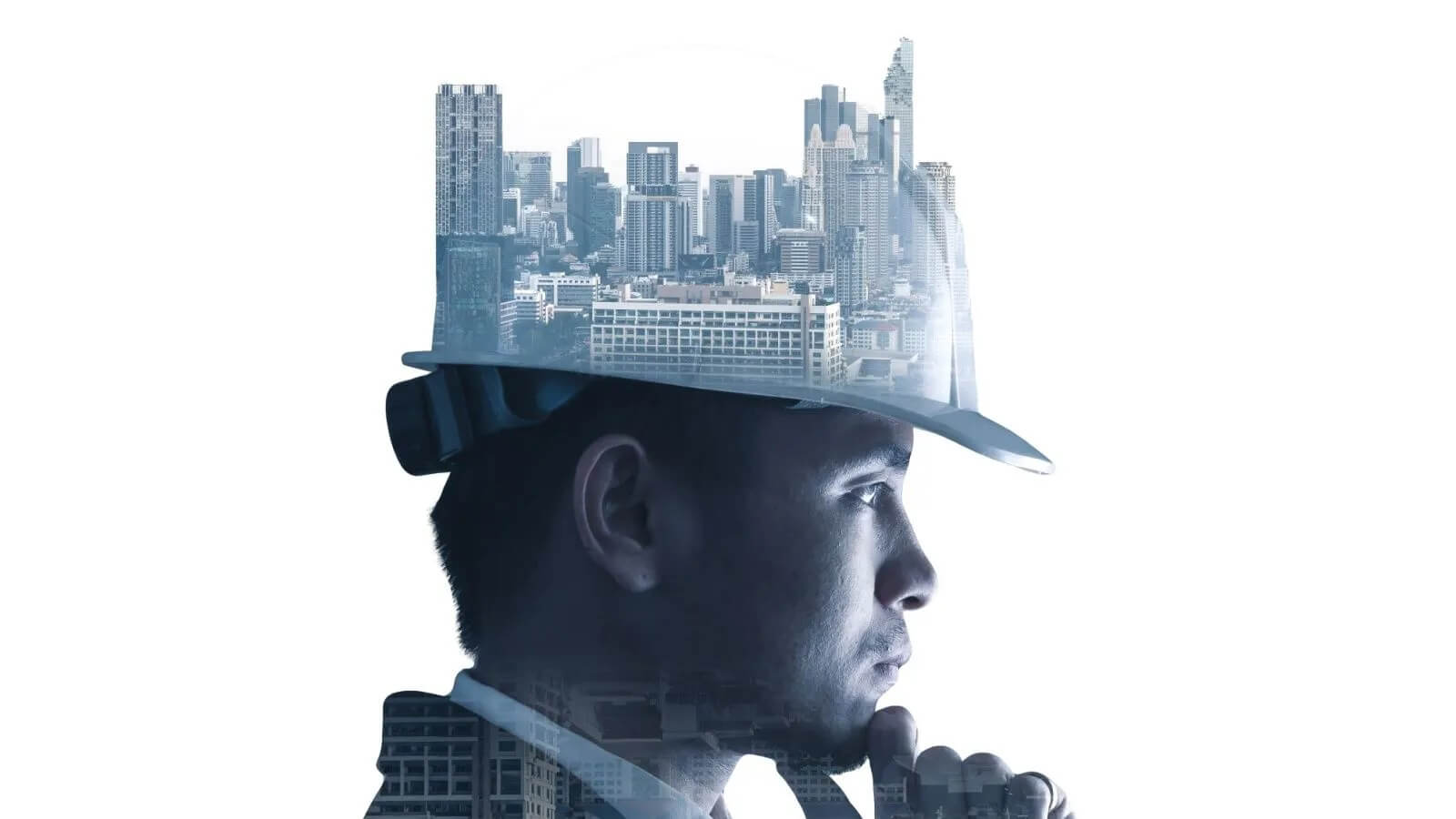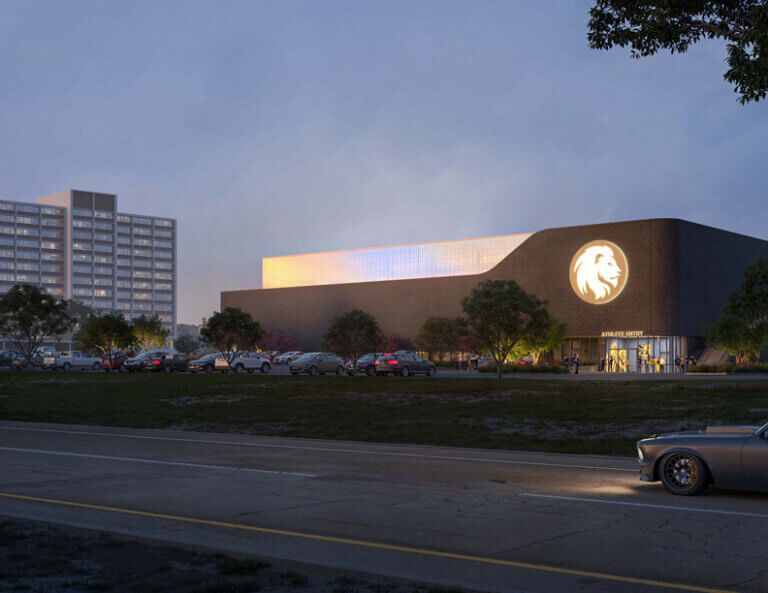
This article originally appeared on Construction Executive.
By Bart Wilder, Vice President of Safety
Sometimes, introducing new technology at your construction company is as simple as strapping on a new helmet. But that simplicity can be lifesaving thanks to today’s smart helmet technology.
The construction industry is constantly evolving—new technologies and materials are adopted all the time. Over recent years, smart helmets have started to enter the equipment scene as a new option to improve safety measures and reduce the amount of head injuries and health hazards occurring in the field. Companies are evaluating the benefits of smart helmets and incorporating them across their organizations are already reaping positive impacts among employees and in the field.
Depending on the brand and model, these smart helmets can provide advanced features including impact detection, real-time monitoring, early warnings that can prevent accidents, hands-free data visualization and live support to foster a greater sense of security on the jobsite.
As the importance of safety has grown in the industry, so has understanding of how companies can better protect their employees. A number of high-tech helmets have recently come to market, including the Studson SHK-1 Full Brim safety helmet with TwICEme technology, which meets the American National Standard for Industrial Head Protection, ANSI Z89.1-2014, and allows field workers to enter their contact and health information into an app. In the event they are unable to speak with a first responder, fellow employees or paramedics can scan their helmet to access this necessary information, such as blood type and underlying health conditions.
The helmet also uses Koroyd, a technology that reduces rotational forces (and traumatic brain injuries) using a crumple zone, first seen in the world of extreme sports. Other smart helmets can be equipped with measures including cameras, sensors, internet connection, fall detection and even a panic button.
These smart helmets are worth their weight in gold simply because of the protection they offer, the time they can save, ease of use and the sheer comfort they bring to employees both on and off the field, but there are a number of other benefits to consider when deciding if, when and how to adopt these devices.
Above All, Save Lives
The underlying reason to implement smart helmets into safety protocol is, of course, to prevent incidents and save lives. Implementing these modernized helmets with specialized features for improving safety on the jobsite provides a peace of mind for field workers who are often working under dangerous conditions. Smart helmets elevate the basic function of providing head protection and minimizing the likelihood of life-threatening accidents.
Certain safety helmets are also equipped with real-time monitoring systems that can track vital signs, environmental conditions and worker activities for supervisors and safety personnel to detect any indications of overheating or distress.
Reduce Reaction Times and Downtime
Smart helmets also save significant time on the jobsite, whether it’s reducing reaction time to an accident or providing medical professionals with a workers’ health history faster, by providing swift access to life-saving information.
Some smart helmets also offer hands-free visual data, meaning workers can see important data without having to carry extra devices while at a high altitude, making the process more efficient. This visualization aspect cuts down on the time workers have to travel back and forth to computer terminals to input data or check on records as well as frees up their hands for carrying construction equipment as opposed to computer-monitoring devices.
Boost Morale and Camaraderie
As at every place of work, happy employees equal a productive, collaborative and successful environment. When safety is valued and employees feel as if extra measures are being taken to ensure their health and wellbeing, they will feel more motivated to perform at the best of their ability. Putting the time and energy into researching smart helmets and choosing one that will benefit your employees the most will boost morale and, as a result, increase productivity across the board. Clear communication is one of the most important puzzle pieces to success on construction sites, and the use of smart helmets greatly increases the coordination and ease of communication between employees and medical personnel.
While there are many benefits to adopting helmets equipped with advanced technologies, there are potential challenges to adopting them into safety protocols, including high costs and worker resistance. Smart helmets might not align with every company’s budget, but with proactivity and incentives, they should still be an option to consider. Workers may also be reluctant to implement such a drastic change to their equipment, but basic communication, transparency and thorough training can help to ease any hesitations, just as with any other new piece of technology.
Following the adoption of this technology, companies are reporting more trade partners have seen the positive effects of its implementation and shown interest in incorporating it into their own safety plans. The introduction of smart helmets represents a paradigm shift in safety management within the construction industry, but it is up to each company to implement the advancement within their protocols to make them the industry standard.
As outlined, smart helmets are not simply a method to enhance protection, but to empower employees to put their best foot forward and feel comfortable working on jobsites without worrying so much about certain injuries. Technology will continue to evolve, and new safety features will be introduced as the years progress, but it is the responsibility of industry leaders to pay attention to these changes, research the variety of options available and understand the place that smart helmets have within their company and greater industry.

